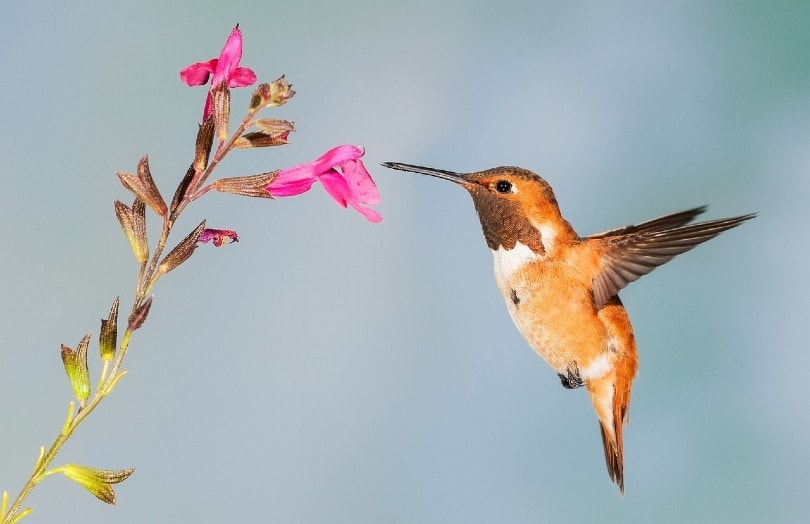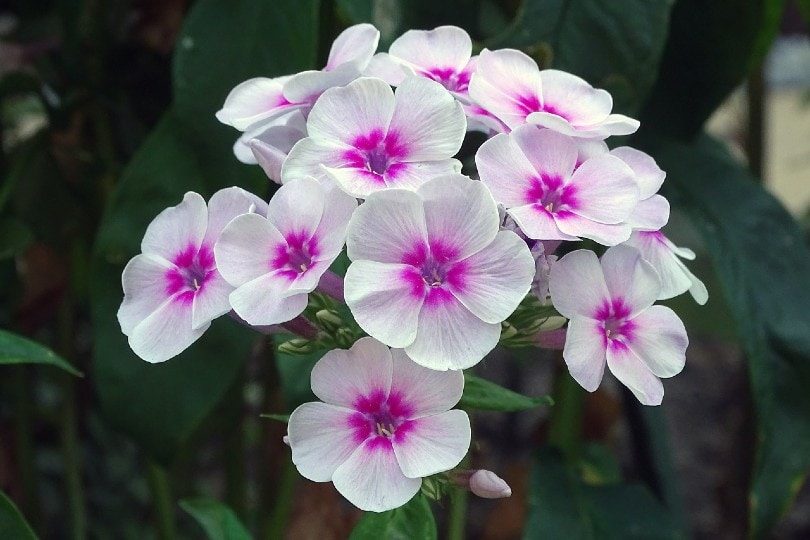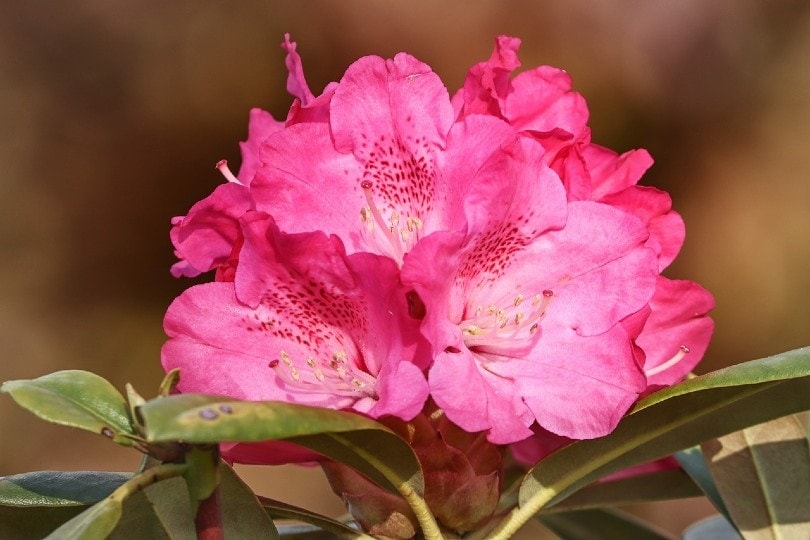10 Flowers That Attract Hummingbirds (with Pictures)
Last Updated on

We could spend hours watching hummingbirds play in the garden and zipping from flower to flower. These birds may be tiny, but their quirky personalities make up for their body size. They also have stunning colors from the right angle and are essential pollinators for our flower beds. With a few intelligent flower choices, you could create a space that invites most of the hummingbirds in the area to your house.

What is a Hummingbird’s Diet?
The primary source of a hummingbird’s diet is nectar from flowers. The plants that produce the most nectar are the ones that are going to have the most success in attracting hummingbirds. Hummingbirds use their long, straw-like tongue to reach even into the deepest tubular flowers. They especially love flowers that are purple, red, pink, and orange. Aside from nectar, hummingbirds also eat small insects like gnats, mosquitoes, and fruit flies.

Tips for Attracting Hummingbirds
- Plant several colorful and nectar-rich flower cultivars from the list below.
- Include a variety of plant species, but preferably native kinds.
- Hang several hummingbird feeders.
- Provide places for them to nest, perch, and create a shelter.
- Supply a birdbath with a fountain or another source of moving water.

The 10 Flowers that Attract Hummingbirds
1. Bee Balm

Bee Balm is a gorgeous red, purple, or pink flower with unique petals. It is a long-blooming perennial plant that belongs to the mint family. Bee balm is hardy in USDA growing zones four through nine and does best in full sun and slightly acidic soil.
2. Red Columbine

The blooms from the Red Columbine plant are perfect for a hummingbird to reach its long beak into. These plants grow two feet tall and have vibrant red and orange flowers. They perform best in partial shade and do well in growing zones two through eight.
3. Phlox

Phlox is one of the most common plants used to attract hummingbirds to yards. These flowers have unique looks for every cultivar, some of which have variegated foliage. Grow Phlox plants in full sun in northern regions and partial sun in southern regions.
4. Blue Lupine

You probably haven’t seen anything like the Blue Lupine in a while. This plant is native to North America and has pointy foliage with deep blue flowers.
5. Hollyhocks

Hollyhocks are sun-loving plants that stand tall to attract the attention of pollinators. They are technically biennials but are easy to treat as perennials as well.
6. Salvia

If you live somewhere that’s a bit colder, the perfect cold-hardy plant that still attracts hummingbirds is Salvia. These spikey bluish-purple flowers smell amazing and only stand 18 to 24 inches tall.
7. Impatiens

Shady beds are perfectly capable of attracting hummingbirds as well. The Impatiens is a small annual plant that thrives in the shade. It doesn’t grow over a foot tall and is a perfect solution for bare spots in your hummingbird flower beds.
8. Butterfly Bush

These flowers aren’t only good at attracting butterflies. The Butterfly bush has a long, skinny cone full of smaller flowers and lots of nectar. Be careful when planting these, though, because they can spread 15 feet wide and reach over 12 feet tall.
9. Rhododendron

Rhododendrons are evergreen bushes with leathery and dark green foliage. Thankfully, the bright flowers are the first to bloom in the springs and are going to catch the eyes of nearby hummingbirds right away.
10. Trumpet Vine

This plant produces orange and red blooms in the shape of trumpets. It is a vining plant, so they require an arbor, fence, or trellis for support. Still, they make a beautiful wall of flowers and the perfect snack for a nearby hummingbird.
- See Also: 8 Types of Hummingbirds in Nebraska

Final Thoughts
Hummingbirds are unique animals that we welcome to our gardens every spring. Even though they don’t always pay every house on the street a visit, there are ways to entice them to stop by more often. If you’re planting flowers with bright colors and lots of sweet nectar, there’s no doubt that they’ll start to love hanging out around your home.
Featured Image Credit: fred prose, Pixabay
About the Author Robert Sparks
Robert’s obsession with all things optical started early in life, when his optician father would bring home prototypes for Robert to play with. Nowadays, Robert is dedicated to helping others find the right optics for their needs. His hobbies include astronomy, astrophysics, and model building. Originally from Newark, NJ, he resides in Santa Fe, New Mexico, where the nighttime skies are filled with glittering stars.
Related Articles:
Monocular vs Telescope: Differences Explained (With Pictures)
How to Clean a Refractor Telescope: Step-by-Step Guide
How to Clean a Telescope Eyepiece: Step-by-Step Guide
How to Clean a Rifle Scope: 8 Expert Tips
What Is a Monocular Used For? 8 Common Functions
How to Clean a Telescope Mirror: 8 Expert Tips
Brightfield vs Phase Contrast Microscopy: The Differences Explained
SkyCamHD Drone Review: Pros, Cons, FAQ, & Verdict
